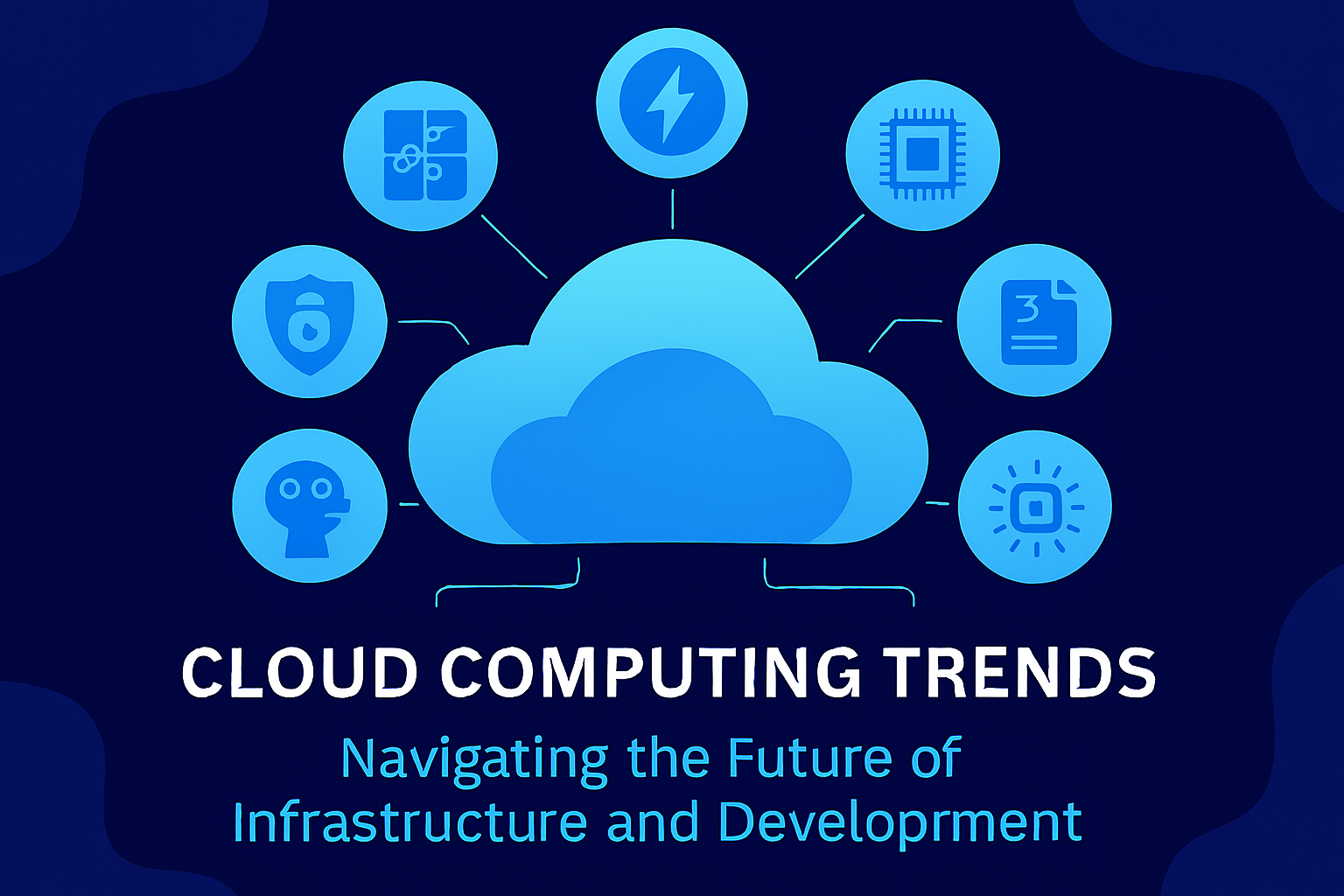Cloud computing has evolved from a nascent technology to the foundational backbone of modern digital infrastructure, continuously reshaping how businesses operate and innovate. This blog post offers a deep dive into the most impactful and emerging trends in cloud computing, providing insights for IT professionals, developers, and business leaders alike. We’ll start by acknowledging the pervasive shift towards multi-cloud and hybrid cloud strategies, explaining why organizations are increasingly opting for a blend of public cloud providers and on-premises infrastructure to optimize for cost, performance, compliance, and vendor lock-in avoidance. The article will then explore the accelerating adoption of serverless computing (Function as a Service – FaaS), detailing its benefits in terms of reduced operational overhead, automatic scaling, and a pay-per-execution cost model, making it ideal for event-driven architectures and microservices. Edge computing will be another key focus, examining how processing data closer to its source (at the ‘edge’ of the network) is becoming crucial for applications requiring low latency, such as IoT devices, autonomous vehicles, and real-time analytics, and how it complements centralized cloud infrastructure. We’ll also discuss the growing importance of FinOps – the practice of bringing financial accountability to the variable spend model of cloud, enabling organizations to make data-driven decisions on cloud costs while maintaining speed and quality. The role of Artificial Intelligence and Machine Learning (AI/ML) in the cloud will be thoroughly examined, from cloud-native AI services that democratize access to advanced analytics and predictive capabilities, to the use of AI for optimizing cloud resource management itself. Security in the cloud remains a paramount concern, and the article will address evolving trends in cloud security, including zero-trust architectures, advanced threat detection, and compliance automation. Furthermore, we’ll touch upon the increasing focus on sustainability in cloud computing, with providers and users alike striving for more energy-efficient data centers and greener cloud operations. The blog will also highlight the rise of containerization and Kubernetes as the de facto standard for deploying and managing cloud-native applications, emphasizing their role in portability and scalability across different cloud environments. Finally, we’ll offer a forward-looking perspective on how these trends are converging to create more intelligent, resilient, and cost-effective cloud ecosystems, providing actionable insights for businesses looking to leverage the cloud for competitive advantage and future innovation.

